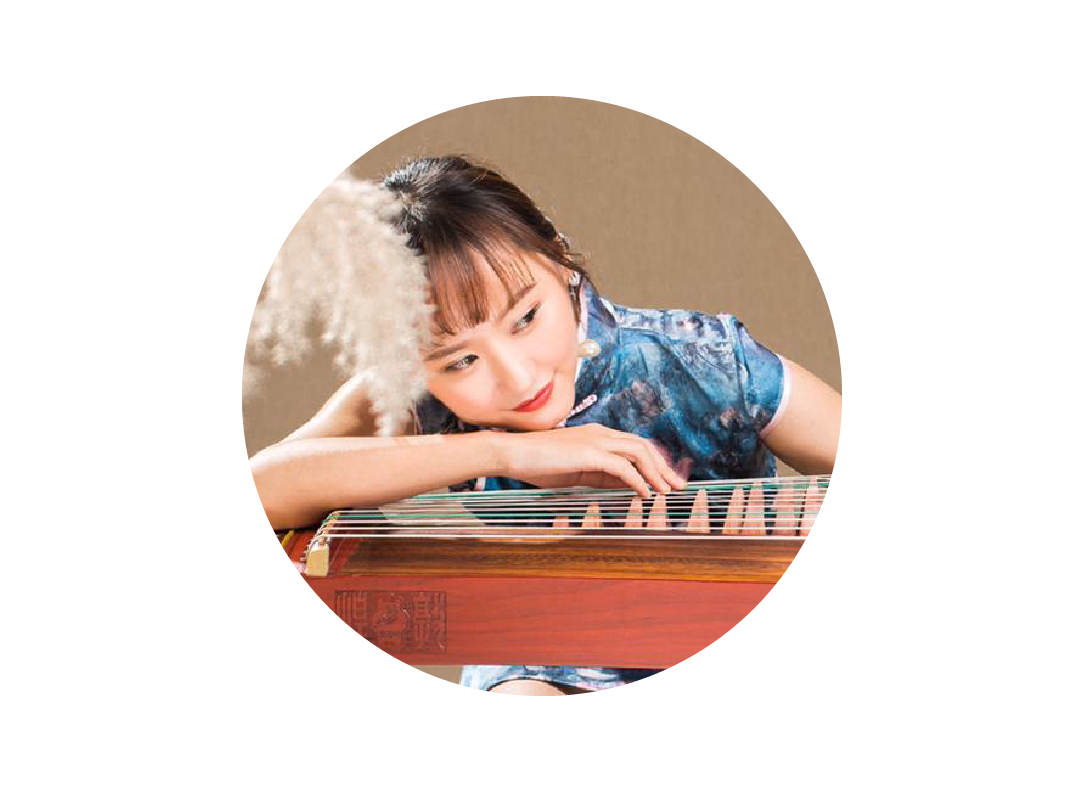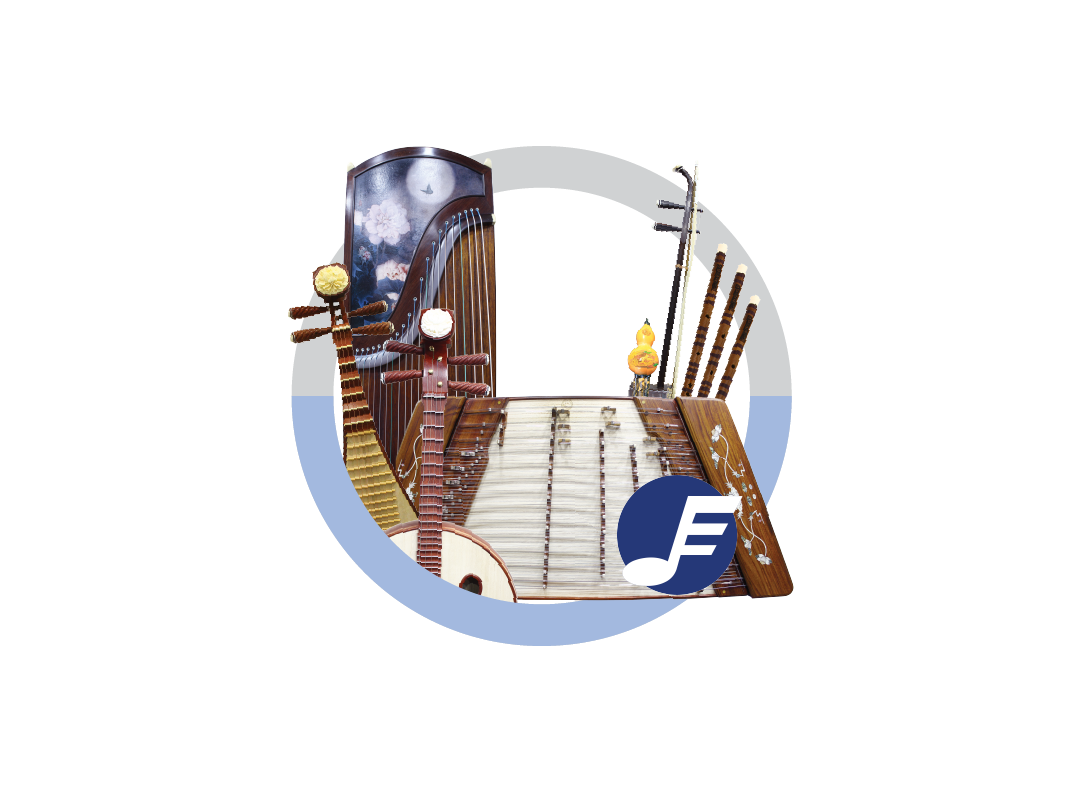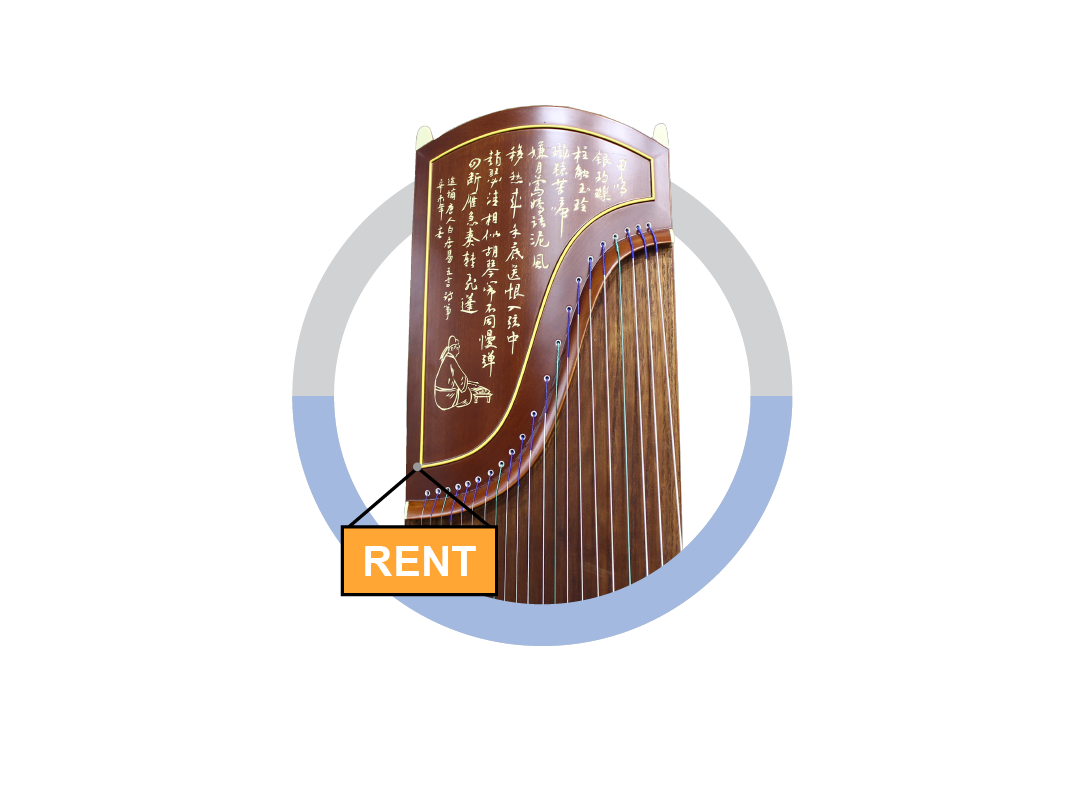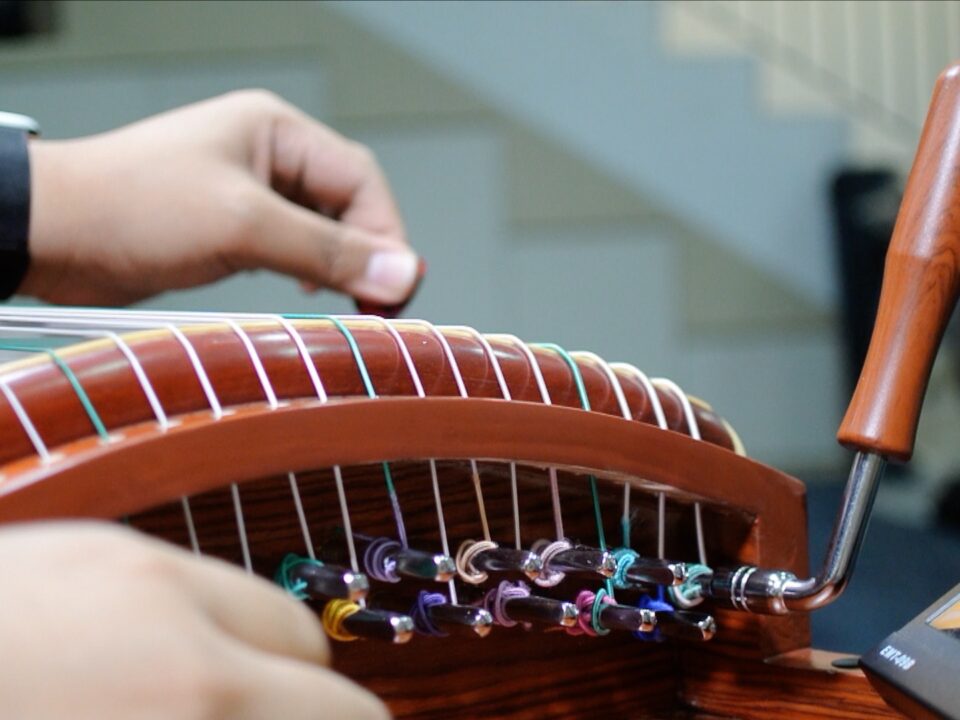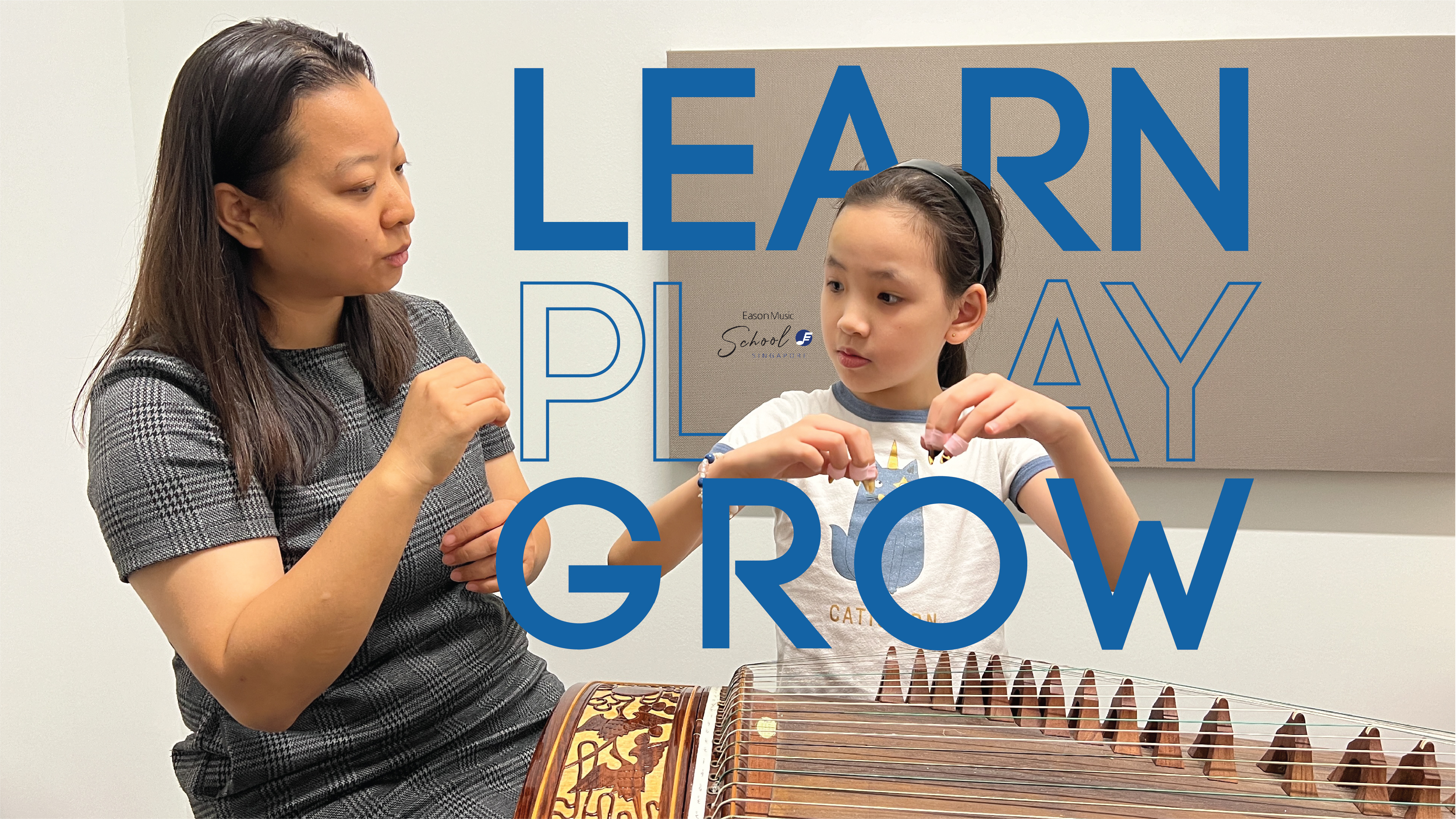
Master the Art of Guzheng with Eason Music School in Singapore
Master the Art of Guzheng with Eason Music School in Singapore
Unveil the Elegance of Guzheng: Dive into Enchanting Guzheng Classes in Singapore.
Welcome to Eason Music School – your gateway to enchanting Guzheng classes in Singapore! Immerse yourself in the harmonious blend of tradition and melody with our expert instructors.
Embark on a captivating musical journey with our personalized Guzheng classes. Elevate your musical mastery with tailored instruction that unlocks your unique potential in both private Guzheng lessons and group Guzheng classes.
Discover the art of plucked brilliance as our expert instructors guide you through each exquisite note in our Guzheng classes. Explore the captivating world of Guzheng music and nurture your inner musician through this enriching learning experience.
Unleash your inner musician and embark on a melodic adventure like no other with our Guzheng classes. Ready to create your own enchanting Guzheng music? Sign up for your trial session and experience the magic of Guzheng classes in Singapore at Eason Music School! Join us today and embark on your transformative Guzheng journey!
6 Reasons To Learn Guzheng
GUZHENG
CHINESE ZITHER
An introduction to the Guzheng
The Guzheng (古筝), an iconic Chinese zither, serves as a captivating testament to China's opulent musical tapestry, captivating audiences with its alluring timbre and graceful craftsmanship. Rooted in a history spanning millennia, this traditional instrument showcases a distinctive rectangular frame adorned with an array of 21 strings meticulously arranged across bridges along its surface.
Through the deft plucking or striking of these strings with synthetic nails, the guzheng unveils a mosaic of enchanting melodies, enabling a spectrum of tones, harmonies, and evocative techniques. Revered across Chinese classical music, folk traditions, and modern musical landscapes, the guzheng embodies the profound cultural heritage and artistic finesse synonymous with China's musical legacy.
WHY EASON MUSIC?
WHAT CAN YOU EXPECT?
Learning a new music instrument can sometimes feel intimidating. Sometimes, unclear goals might even discourage us from continue learning the instrument too. We acknowledge your concerns, and here are some things to look forward to while taking Guzheng classes.
Beginner LevelBeginning of a new adventure
Dive into the fundamentals of the Guzheng with foundational lessons. Begin with mastering the essentials such as 颤,按音 and 摇指. You'll get familiar with reading traditional notation and with the tuning of the instrument. Early repertoire includes simple, elegant pieces to hone your finger control and sensitivity to the resonance of the Guzheng.Intermediate LevelThings get a little more expressive
As you progress, the journey becomes more harmonically rich, where arpeggios and musicality are essential. Intermediate techniques such as 扫摇 and key changes are introduced, expanding your repertoire to encompass more complex and emotive pieces. You’ll spend more time understanding style differences between pieces, and your musical understanding as a whole.Advanced LevelBe a master of your instrument
Elevate your skills to an advanced realm of artistry. Expect to encounter pieces with fast tempos requiring excellent coordination and understanding of musical elements and phrases. Advanced players embrace the responsibility of infusing profound emotion and interpretative flair into their performances, requiring not just technical proficiency but a firm understanding of the essence of the music.
Grading exams, solos, concerts? The world is your oyster
Eason Music provides a structured path to growth. Annual grading exams by esteemed institutions like the Nanyang Academy of Fine Arts or The TENG Company, mark significant milestones in your musical journey and allow you to understand your level of playing better. Annual student recitals offer a platform to showcase your talents and gain valuable performance experience. Students can even enter into national competitions like the Singapore Chinese Music Competition, which not only challenges your skills but also provides opportunities for recognition and networking within the global music community. The Guzheng is also an integral part of the Chinese Orchestra; joining community ensembles and orchestras allows you to share your passion, refine your ensemble skills and foster a sense of community among fellow musicians.
Taking Guzheng lessons in Singapore with Eason Music is not just a pursuit of instrumental mastery; it's an journey of personal growth and musical revelation. With expert guidance, ample opportunities for performance and advancement, and a nurturing community, every note played brings you closer to the artistry of the Guzheng and the joy of creating enchanting melodies.
CHOOSE YOUR OBJECTIVES
In Eason Music we recognise that different people have different objectives when learning the Guzheng.
Thus the choice is yours to choose to learn for leisure or for exams.
TENG NTU-CI Exam Syllabus
This stage is for Grade 1-3 (Based on Teng - CI - NTU - Chinese instrumental examination).
Grade 1 repertoire:Yun (云), Shang Xue Qu (上学去), Meng Jiang Nu (孟姜女), Hao Peng You (好朋友), Lao Liu Ban (老六板)
Grade 2 repertoire:
Feng Xiang Ge (风翔歌), Gua Di Feng (刮地风), Wa Ha Ha (娃哈哈), Xiao Niao Zhao Feng (小鸟朝风)
Grade 3 repertoire:
Tian Hei Hei (天黑黑), Cai Mo Gu De Xiao Gu Niang (采蘑菇的小姑娘), Xi Jiang Yue (西江月), Lao Dong Zui Guang Rong (劳动最光荣), Wo You Yi Zhi Xiao Mao Lu (我有一只小毛驴)
*Progress depends on individual's efforts*
This stage is for Grade 4-6 (Based on Teng - CI - NTU - Chinese instrumental examination).
Grade 4 repertoire:Xiao Fang Niu (小放牛), Yu Zhou Chang Wan (渔舟唱晚), Fang Zhi Mang (纺织忙), Gu Xiang De Tai Yang (故乡的太阳), Chun Miao (春苗)
Grade 5 repertoire:
Ga Da Mei Lin (嘎达梅林), Feng Qing (凤庆), Yan Bian Min Ge (延边民歌), Dong Ting Xin Ge (洞庭新歌), Shan Dan Dan Hua Kai Hong Yan Yan (山丹丹花开红艳艳)
Grade 6 repertoire:
Feng Shou Luo Gu (丰收锣鼓), Liu Yang He (浏阳河), Chu Shui Lian (出水莲), Xiang Shan She Gu (香山射鼓)
*Progress depends on individual's efforts*
This stage is for Grade 7-8 (Based on Teng - CI - NTU - Chinese instrumental examination).
Grade 7 repertoire:Qin Sang Qu (秦桑区), Yi Zu Wu Qu (彝族舞曲), Zhan Tai Feng (占台风), Xue Shan Chun Xiao (雪山春晓)
Grade 8 repertoire:
Gao Shan Liu Shui (高山流水), Yue Er Gao (月儿高), Jiang Jun Ling (将军令), Mo Li Fen Fang (茉莉芬芳)
*Progress depends on individual's efforts*
MEET OUR GUZHENG TEACHERS!
A student is only as good as her teacher. We only work with qualified and dedicated teachers
Hong Ying
Peng Hui
Huang Ting Xuan
Zhan Kuang
Ng Bi Yu
Ni Jiawei
Charis
Ruoxin
Guzheng Classes Information
You can opt to take Guzheng lessons at our studios at CT Hub, or at the comfort of your home. Different rates apply.
What Our Students Say
Need an instrument?
Of course you do! A little practise a day goes a long way.Generally, the Guzheng, in a nutshell, is made of several pieces of woods put together. The wood used to make the top and the bottom of the sound box/chamber of the Guzheng are the same but are different compared to the rest for important reasons relating to acoustics and sound quality. The other sides of the Guzheng are made of the same type of wood. Yellow Sandalwood, Rosewood and Paulownia Wood are some of the many plethora types of woods used to make the Guzheng.
In special cases, a single piece of wood is used to make the whole Guzheng. For such, the amount of work put into the instrument by the craftsman and the tight standards needed for the materials are exponentially higher. As a result, the sound quality of these Guzhengs are much greater at the price of higher cost.
The image/design printed/inlaid at the top and the bottom of the Guzheng does not affect its sound in any way and is only for aesthetic purposes. These images may differ between Guzhengs and some may represent a part of the culture in China whereas others may be designed to cater the modern preferences of the market.
Guzhengs seem much heavier and bulkier in person as compared to the portable Guqins.
You will also realise that Guzhengs have much more strings than Guqins (21 and 7 strings respectively). Hence, the Guzheng is more capable of producing a wider range of notes than the Guqin.
The Guzheng also sounds louder and resonant that the Guqin, due to the size difference. As the Guqin is lower in pitch, the volume of the Guqin is not as loud and bright. Thus, the Guqin will sound mellower while bringing a sense of tranquility to its timbre.
Techniques in the Guqin are said to focus on the left hand, whereas the right for Guzheng.
Guqins only require a table to be played on, whereas the regular sized Guzhengs require a set of stands, as well as a set of fake nails to be worn in order to be played.
Want to learn more about the Guzheng?
Click the posts below!







